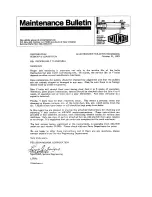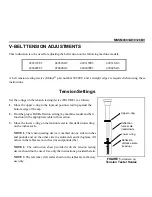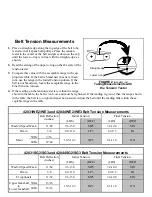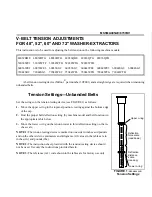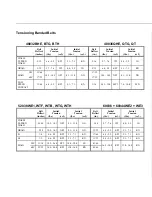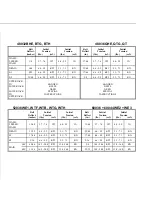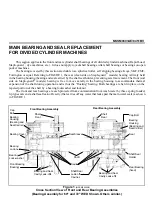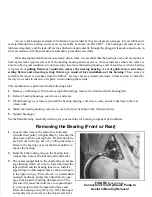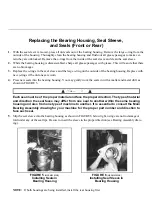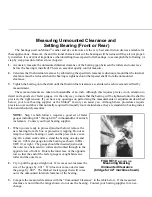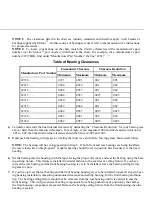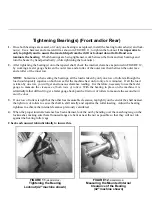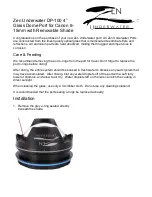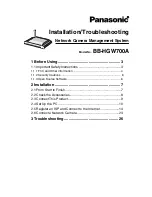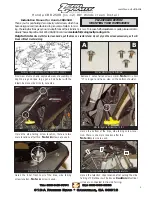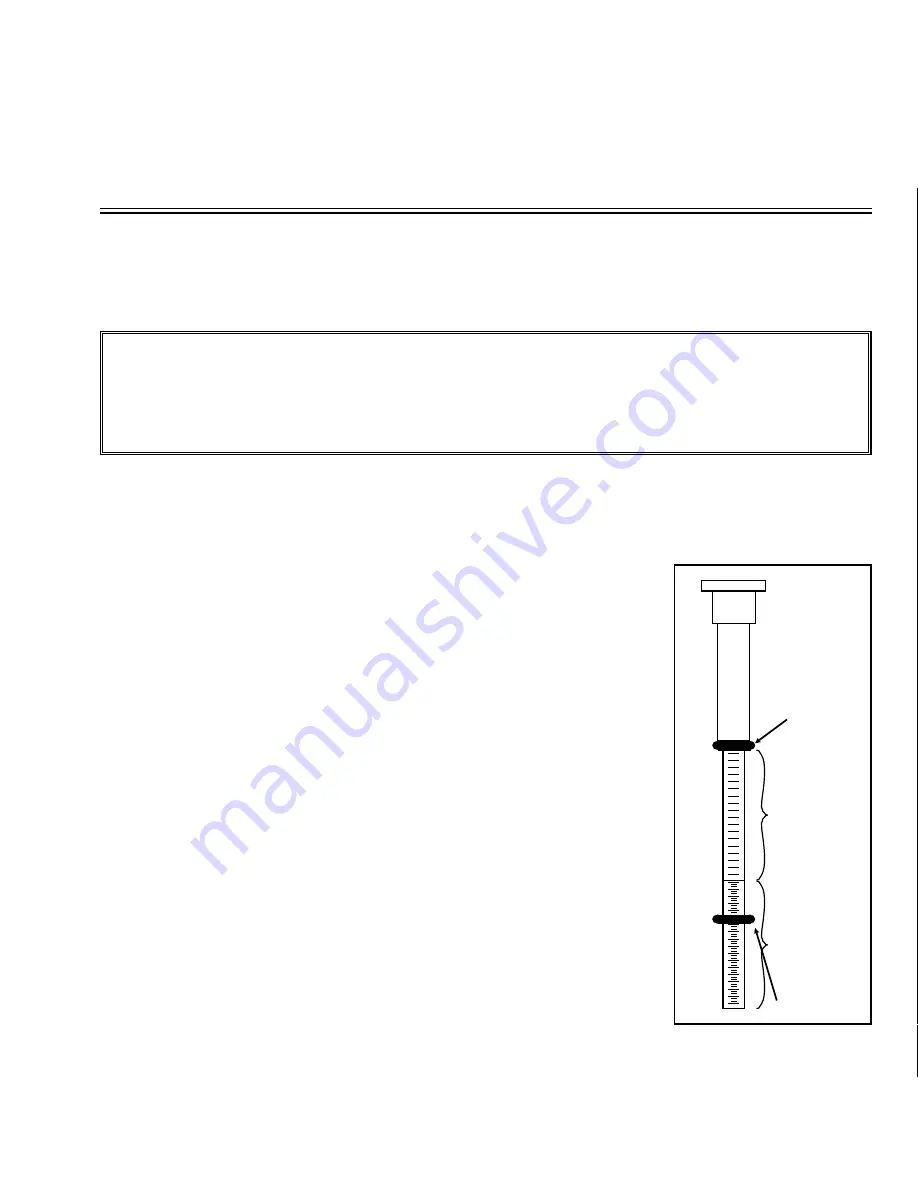
MSSMA405AE/8737BV
È
V-BELT TENSION ADJUSTMENTS
FOR 48", 52", 60" AND 72" WASHER-EXTRACTORS
This instruction is to be used for adjusting the belt tension on the following machine models:
48032BHE
48032BTG
48032BTH
48036QHE
48036QTG
48036QTH
52038WE1
52038WTF
52038WTB
52038WTG 52038WTH
60036WE2
60036WE3
60036SG2
60036SG3
60044WE2
60044WE3
60044SG2
60044SG3
72044SG2
72044SG3
72044WE2
72044WE3
72044WTB
72044WTG 72044WTH
A belt tension testing device (Milnor
®
part number 30T001) and a straight edge are required when tensioning
unbanded belts.
Ê
Tension Settings—Unbanded Belts
Set the o-rings on the tension testing device (see FIGURE 1) as follows:
1. Move the upper o-ring to the topmost position, resting against the bottom edge
of the cap.
2. Find the proper belt deflection setting (by machine model and belt function) in
the appropriate table below.
3. Move the lower o-ring on the tension tester to this deflection setting on the in-
ches scale.
NOTE 1: The tension testing device is marked on one side in inches and pounds
and on the other side in centimeters and kilograms. All values in the tables are in
inches (in.) and pounds (lbs.).
NOTE 2: The instruction sheet provided with the tension testing device should
not be used. Use only the instructions provided herein.
NOTE 3: The reference (ref.) code shown in the tables are for factory use only.
Ê
Belt Tension Measurements
Ë
Unbanded Belts
1. Place a straight edge along the top edge of the belt to be tested so that it spans both pulleys. Place the tension
tester in the center of the belt and press down on the cap until the lower o-ring is in line with the straight
edge, as shown.
2. Read the setting of the upper o-ring on the lbs scale of the tension tester.
3. Compare this value with the acceptable range in the appropriate table. If the belt is brand new (has never been
run), use the range in the Initial Tension column. If the belt is not brand new, locate the acceptable range in
the Final Tension column.
4. If the reading on the tension tester is less than the range shown in the table, the belt is too loose and must be
tightened. If the reading is greater than the range shown in the table, the belt is too tight and must be
loosened. Adjust the belt until the reading falls within the acceptable range in the table.
Upper o-ring
Deflection
force scale
(read down)
Deflection
distance
scale
(read up)
Lower o-ring
Î
FIGURE 1
(MSSMA405AE)
Î
Tension Settings
Lower o-ring
Straight edge
Î
FIGURE 2
(MSSMA405AE)
Î
Measuring Belt Tension



